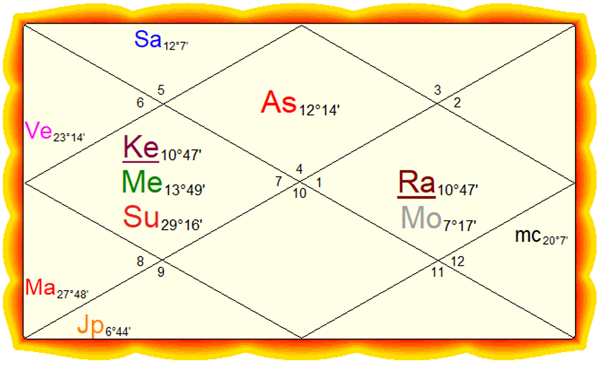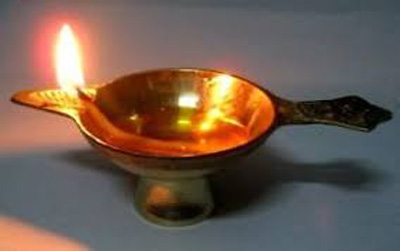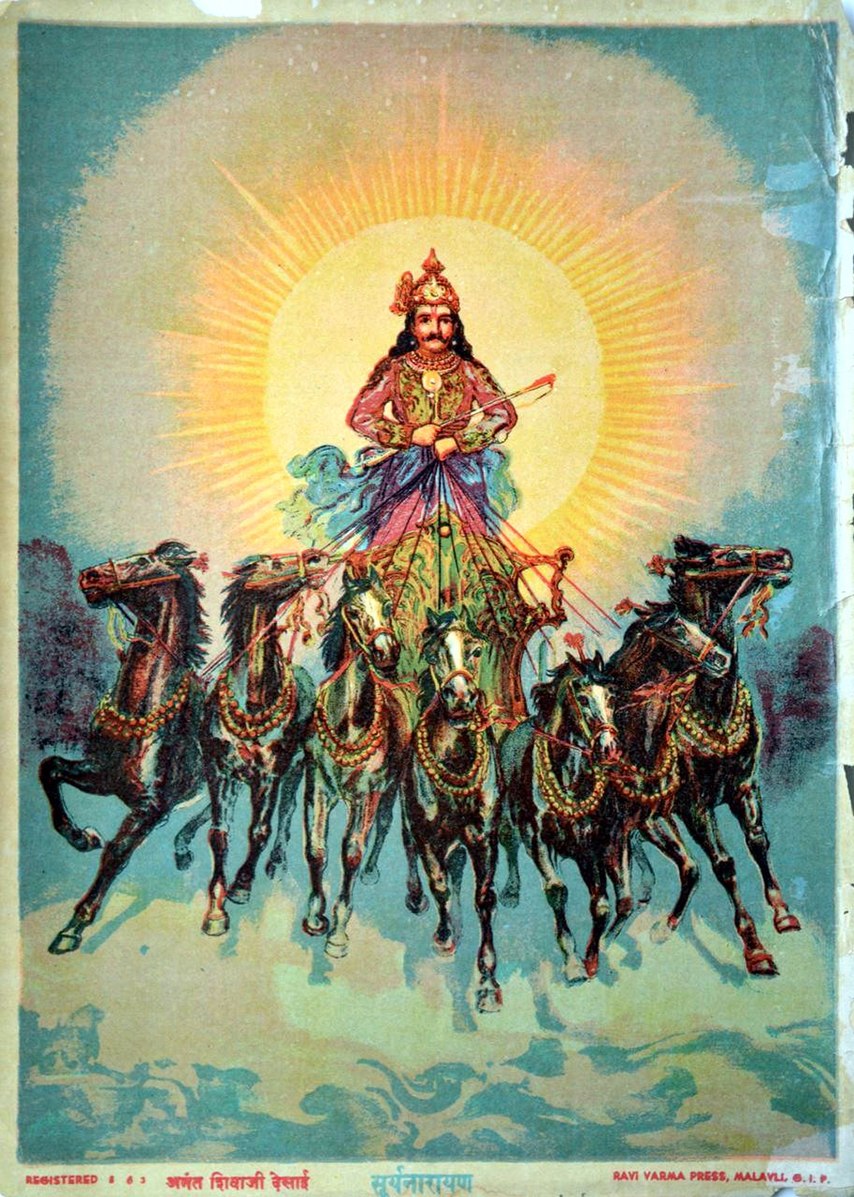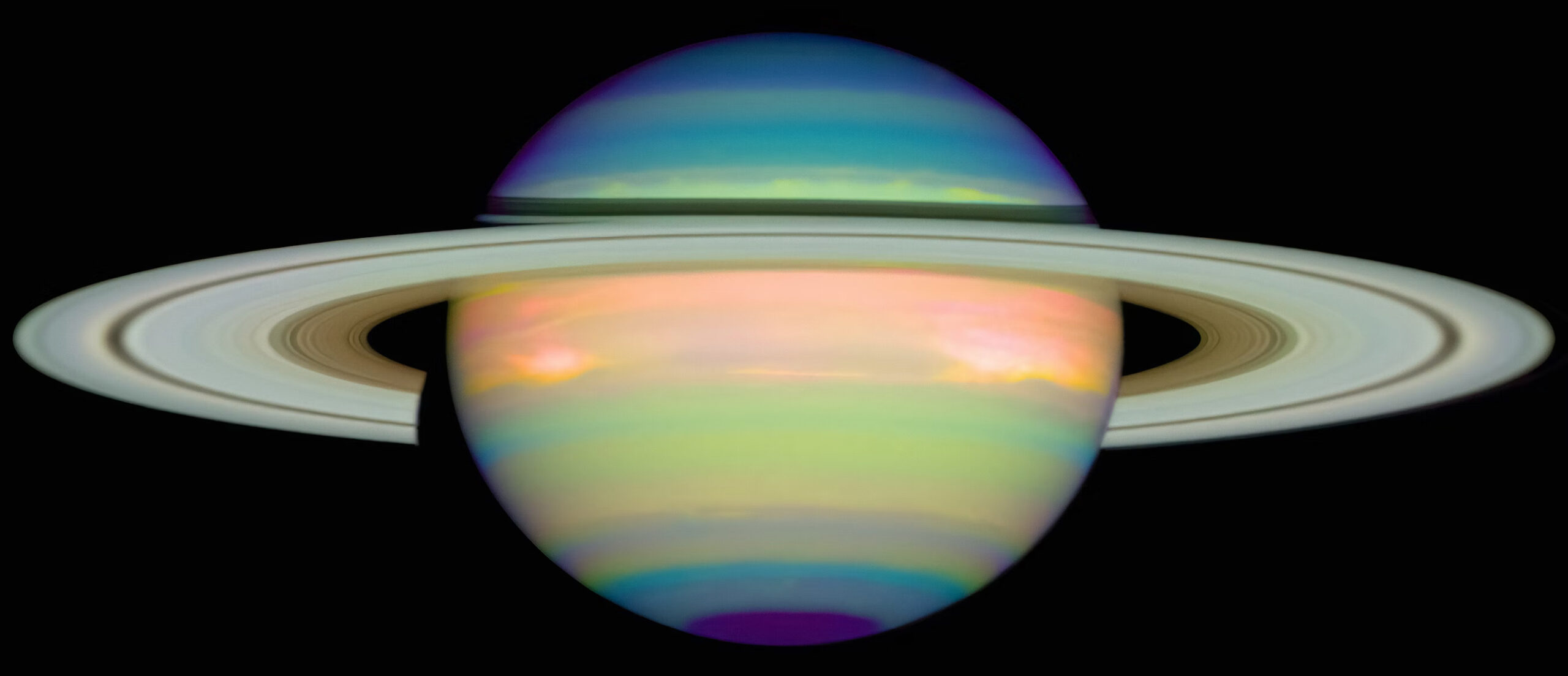Spring | Summer | Fall | Winter | |
2025 | Volume 67 |
| Volume 65 | Volume 66 |
Volume 58, 26 September 2022
“It has been women who have breathed gentleness and care into the hard progress of humankind.”
The Succession: The Queen is Dead; Long live the King

Right before the autumnal equinox marking the shortening of days and the coming winter, the UK saw the end of the 70-year reign of their beloved Queen, Elizabeth II. Might this presage the shortening of the reach of what was the British Empire and now the Commonwealth? And along with that, might there be a dwindling influence of the Monarchy itself?
King Charles III inherits the throne at a time when the above questions are particularly relevant. Clearly, no matter what happens, his reign will be relatively brief. No other monarch in history, even the legendary Victoria, was on the throne longer than Elizabeth II. I am not a historian and will therefore default to the chart of the King to try to discern what his karmic pattern is especially at this moment in time.
The birth time of the royals tends to be accurately observed and recorded. In the case of King Charles III, there was an extraordinary nighttime edition of the London Gazette stating that the Queen safely bore her son in London on November 14,1948 at 21:14. Perhaps the match of November 14 with the minutes of the birth is a good nimitta (omen) that the time is correct. It’s doubtful that was on the mind of whoever noted the birth details.
Here is the chart of the King:

What is immediately striking is the strength of his ascendant lord Moon. It is a full Moon at the midheaven of the chart which on its own is a Rāja yoga. In addition, the dispositor of the Moon, Mars, is in its own rāśi of Scorpio in a trikona creating a Parvata yoga which further strengthens his lagna lord Moon and hence, his ability to manifest his good combinations. However, it is also interesting to note there is an eclipse pattern. Since there was no visible eclipse that day, we can’t attribute the inauspicious karmaphala that might have accrued. However, considering that the 4th and 10th bhāvas are involved, there is a sense that he was, in a way, “eclipsed” for most of his life. The nodal axis dominates his daśā sequence from the very beginning. Indeed his life revolved around his mother, with the Queen molding and grooming him to be the future King, a training exercise that lasted an extraordinary length of time.
Lineage

The dramatic role lineage plays in a royal family is a heightened example of the inescapable truth that we are all part of a lineage. In the religious sense, lineage is traced to the appropriate godhead of a particular tradition. In fact, this newsletter is being sent in the very season that two major religions are honoring their ancestors. The past two weeks has been the fortnight of the Pitṛs (ancestors) observed by many in the sub-continent of Indian with special ceremonies performed to the departed ones. In the Jewish tradition, it is the start of the high holy days ending with Yom Kippur, a day of atonement spent in contemplation and fasting. A unique prayer is done only on this day in remembrance of loved ones who have passed away. The holidays culminate with the supplication to be inscribed in the Book of Life for the coming year.
There is growing interest in ancestry as evidenced by the popularity of all the sites now offering tools to trace one’s DNA. I have seen so many examples of reunions of blood relatives that have resolved deep past mysteries and created joy and completion.
Ancestry and lineage are seen in a chart in several ways. I will discuss this further in the next newsletter.
Debut of Graha Stories
Over the years I have assigned a project to my beginning students. They are tasked with writing a story for each graha that uses key words reflecting the majority of that graha’s significations.
While it was meant to be a learning device for student assimilation of the meanings, the delightful side benefit was many inspiring, clever, funny and dramatic tales. All have in common the key words but arranged and enlivened in such individual ways.
So here is the Sun’s story written by Angela Orvis.

I am the King, wearing a mantle of brilliance. I radiate the sattvic light of inner divinity and am often chanting mantras. I am the royal authority, to be obeyed, yet generous and fair. Noble, and just, my authority will compel you to do the right thing. I look upwards to the luminous heavens.
My eyesight is far-reaching and penetrating. I see far from where I sit on my throne. All the bright places, high up, are in my domain. The desert, the castle on the hill, the grand temples and city quadrangles are mine. I rule over the high mountains with tall trees, especially fruit trees, or trees of treasured rare and fine woods, and medicinal, fragrant herb gardens.
Think of me when you see a field of golden waving wheat or sunflowers. See the yellow lotuses on the reflective pond or the bright tiger lilies in the wind and know I am there. My light and fire is what transforms the world. Blacksmiths and metalworkers use my fire and heat, and I especially love copper, such as all those vessels used in fire ceremonies (which also belong to Me!)
My Queen Moon loves me, and at her best, fully reflects my divine brilliance; her beauty comes from me and we perfectly balance each other. My General, Mars, usually takes my orders without complaint and my advisor Jupiter is well loved by me. But I find I lose my way if I listen too much to sensuous Venus - she is too soft and materialistic. Old man Saturn is depressing and would like me to “turn it down”, and just restricts my brilliance. But those demons, Rahu and Ketu, I am deathly afraid of as they can suddenly usurp my power and block my light from shining.
You can call me Surya for I rise in the East. I am a proud man belonging to the kṣatriya class. I ride a golden chariot pulled by 7 horses, the animals I love most among four-legged creatures. I am strong and confident and have ruled since I was 22 years of age; now I am at the height of my powers in middle age, a man of 50 years old. I wear thick woolen clothing and love the color of dark red. Rubies and garnets are my favorite royal jewels.
Remember that I am also your Father who gives you authoritative guidance in your life. I can be arrogant and stubborn. Nothing will stand in my way. It is true that I can be fierce and cruel when I punish the wrong doers. I will tolerate no dissent. My presence, my very gaze can dry up all the moisture, the rasa (juice) of life. I can cause all of the diseases of overactive pitta: inflammation, fever, eye diseases, dental problems or neuralgia. But on the other hand, I can give you strong bones and a well-shaped head but only when I too am strong.
At my best, I serve God, my sat guru or the ultimate truth to the best of my ability. My subjects are reminded of this by my light. Nothing lives without the light - so dazzling, intense and bright. I represent Atman, the soul. I am Divinity itself. Raise a glass of fine wine or liqueur to me and shout: All Hail the King!
Media Corner:Paramahamsa Yogananda’s Autobiography of a Yogi

I know this book needs no introduction to most of you but as we are discussing lineage, I wanted to bring two items to your attention. The first is how much emphasis there is in his book on the tradition and the Masters. It will come as no surprise that Yogananda has some of the clearest indicators in his chart for a person who would honor and treasure the lineage. The other item is to alert you to the beautiful quotes about Jyotiṣa in chapter 16. Several were sent to me recently by one of my students, Bhadra Archer. I thought I would share this particular one:
“Charlatans have brought the stellar science to its present state of disrepute. Astrology is too vast, both mathematically and philosophically, to be rightly grasped except by men of profound understanding. If ignoramuses misread the heavens, and see there a scrawl instead of a script, that is to be expected in this imperfect world.”












